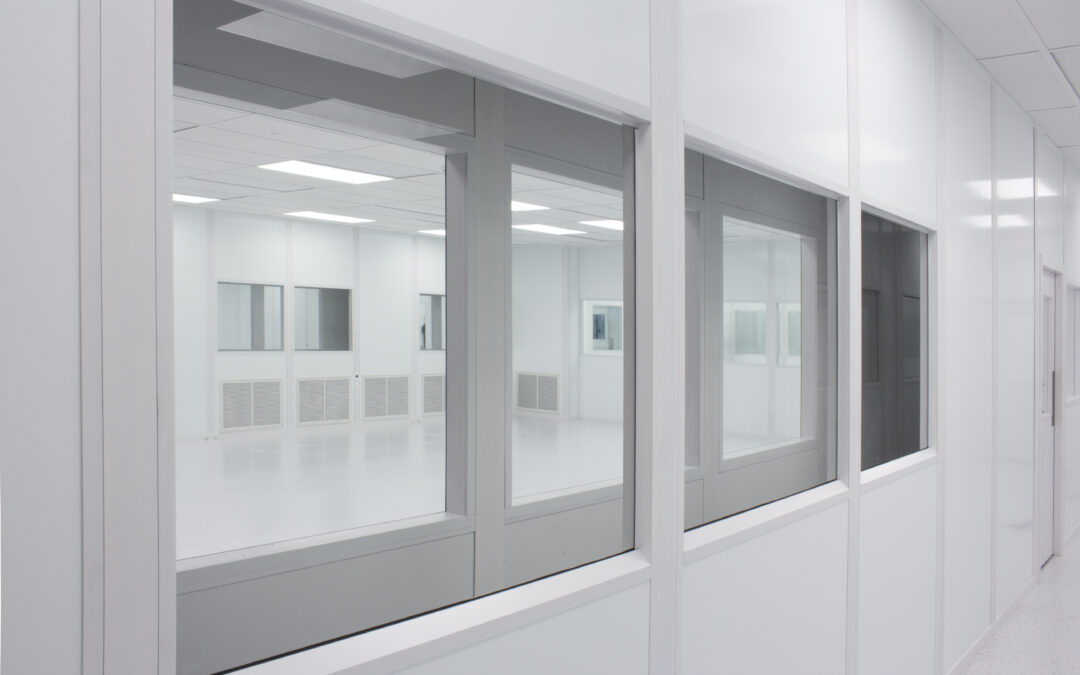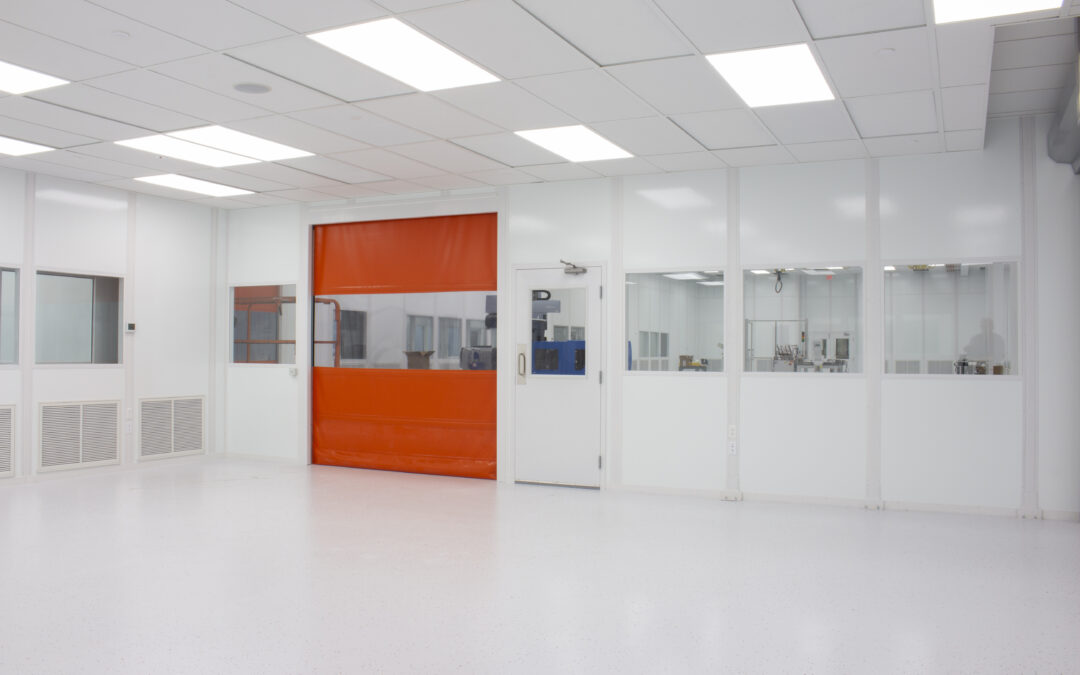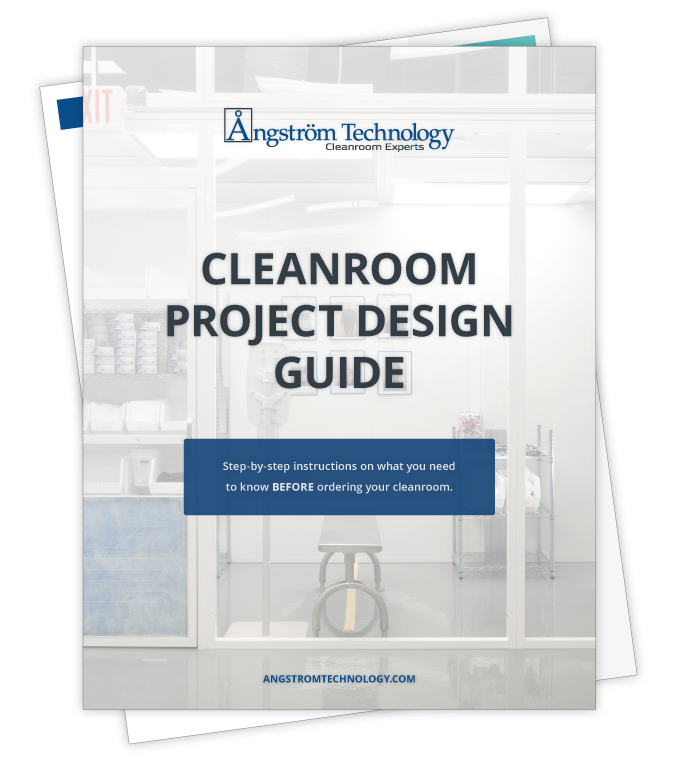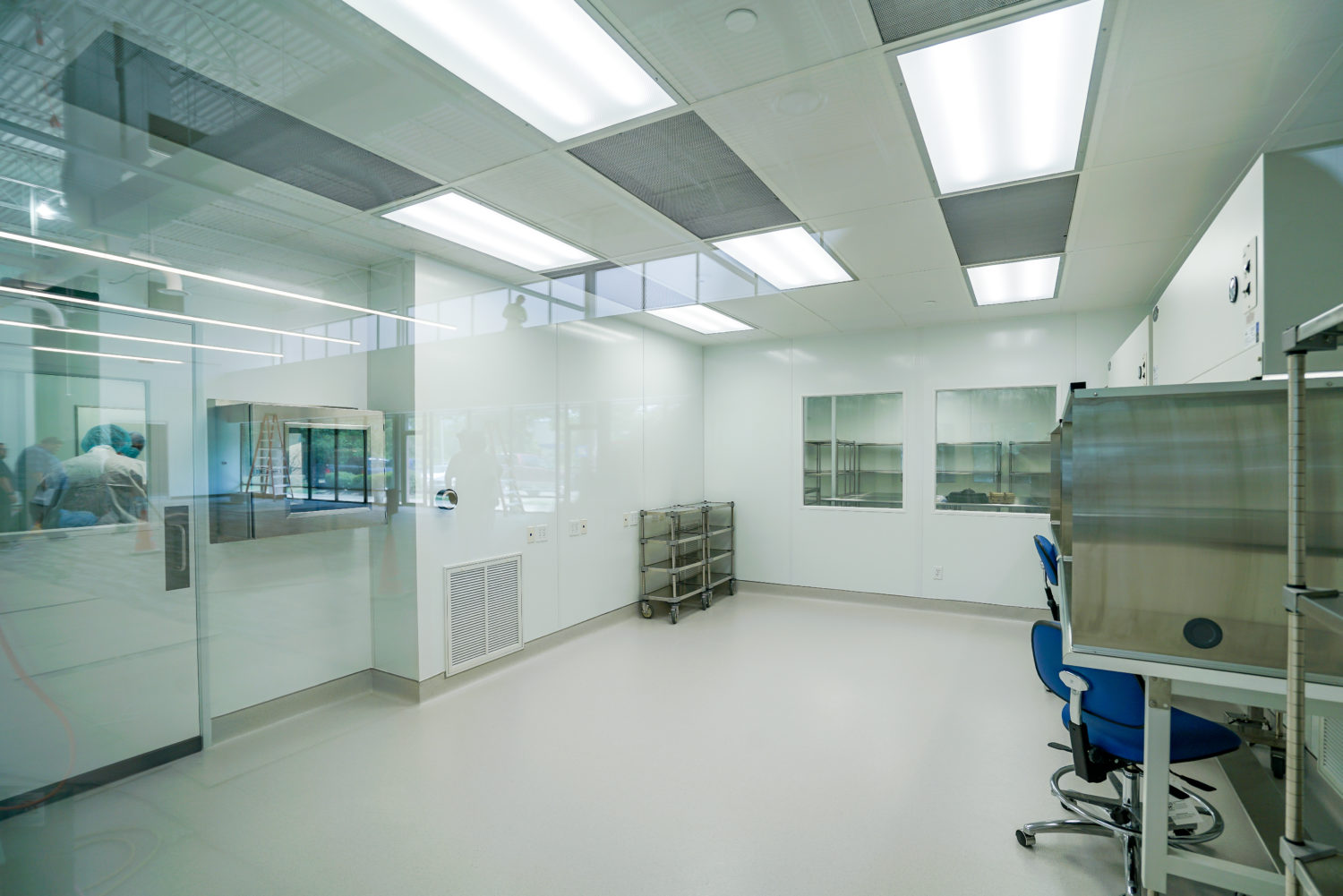
How to Control Static in Your Cleanroom
Many applications require limited static: electronics manufacturing, air traffic control, chemical labs, and semiconductor are just a few examples. If your cleanroom application involves sensitive, specialized electronics, hazardous chemicals, or other delicate equipment or processes that may be sensitive to static, you’re going to want to ensure that your cleanroom environment controls static. Here are things to consider when designing your cleanroom when you want to control static.
Anti-static flooring
There are several flooring options for static control. They work by grounding the static charge that naturally builds up in any environment, moving it through the floor to the ground and preventing it from building up and affecting your processes.
There are two main types of anti-static flooring, dissipative and conductive, and these are both available at varying levels of resistance (measured in ohms). The resistance and type of anti-static flooring you need will depend on the risk of electrostatic discharge as well how critical the effects of electrostatic discharge would be for your application.
Anti-static wall panels
Anti-static wall panels are also available for controlling static within a cleanroom. Cleanroom-specific anti-static wall materials are crucial, as cleanroom wall materials will also control particle shedding, preventing particulate contamination in the cleanroom environment. Additionally, wall panels with picking bins or storage for ESD components can protect static-sensitive items.
Clothing and gowning procedures
In addition to the gowning procedures already in place for your cleanroom, if your aim is to control static, you may want to implement new clothing and gowning protocols. These may include anti-static garments or ESD cuffs, low-static shoes, or even equipment such as an air shower before entry to the cleanroom environment.
Even if anti-static garments aren’t necessary, you may want to prohibit wearing static-prone and high-static clothing articles, like those made of fleece and similar fabrics, in the cleanroom environment, or require basic gowning in a lab coat.
No matter the environmental factors you need to control, Angstrom Technology can design and install a cleanroom that works for your application.






